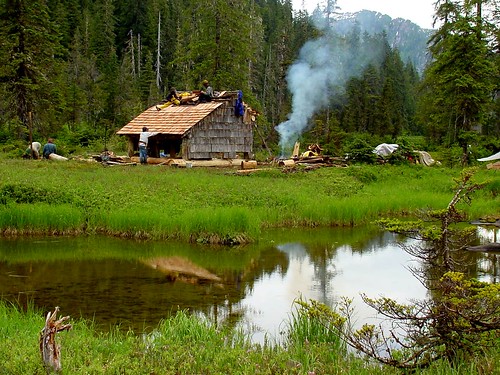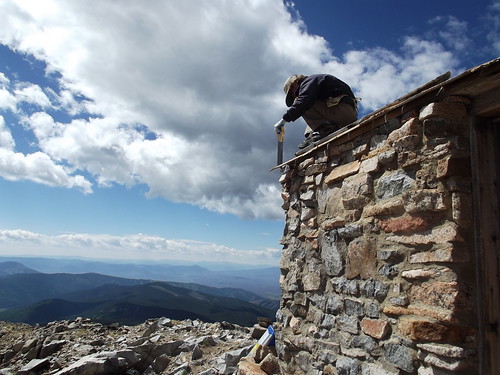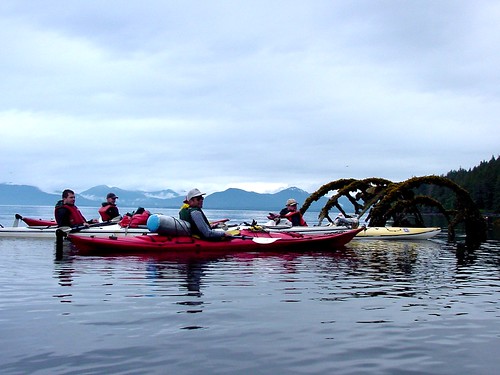
It takes a special person to spend two weeks of hard-earned vacation time delicately slicing through layers of soil to unearth the past as part of an archeological dig or hand sawing logs for re-birth of a worn-down historical cabin.
The U.S. Forest Service has a deep appreciation for the thousands of people who work through programs designed to help preserve the nation’s historical and cultural heritage and resources on public lands.
On Wednesday, U.S. Forest Service Chief Tom Tidwell presented the agency’s Windows on the Past award to two programs – the agency’s Passport in Time and the nonprofit HistoriCorps for work each does to help preserve this nation’s past.
Listen to a USDA Radio feature about the important relationship between Forest Service heritage staff and partner organizations with Troy Ferone, heritage program manager for the agency’s Eastern Region; James Wettstaed, archaeologist on the Chattahoochee-Oconee National Forest in Georgia; and Alison Thornton with the Appalachian Forest Heritage Area.
For nearly 30 years, Passport in Time – also referred to as P.I.T. – has matched volunteers with Forest Service archeologists and historians for a variety of work, including archeological surveys, historic structure restoration and curation of artifacts. The SRI Foundation, which hosts the P.I.T. online clearinghouse, accepted the award.

HistoriCorps is a nonprofit organization that for about seven years has provided volunteers, students and veterans with skills through hands-on experience preserving historic structures on public lands across the U.S. HistoriCorps formed after the Forest Service approached Colorado Preservation Inc. with the idea of forming a community service program akin to the renowned Depression-era Civilian Conservation Corps.
Both programs provide valuable training and education as well as a personal connection to the land. These partnerships also help the Forest Service meet obligations under the National Historic Preservation Act of 1966. The Act served as a watershed event providing vision, goals and objectives in preservation of the nation’s cultural and heritage resources and is being commemorated during a three-year-long Preservation50 celebration.
Archeologists were hired to implement the act and, by 1977, the agency hired its first preservation officer to serve in Washington, D.C. Since then, the agency has identified and catalogued about 400,000 cultural resources scattered throughout 193 million acres of national forests and grasslands.

Today, archeologists and heritage program managers work in all Forest Service regions and on nearly every unit of the agency. And it is volunteers and organizations like P.I.T. and HistoriCorps that make preserving America’s heritage even more special.
The people who volunteer and work with these organizations willingly spend time on backbreaking projects all the while exposed to harsh weather, from high heat and humidity to cold winds, rains and snow. And they keep coming back. This year, for example, the Chattahoochee-Oconee National Forest in Georgia needed just eight volunteers for a project but 150 people wanted the opportunity.
As one P.I.T. volunteer wrote, “P.I.T. is absolutely the best volunteer program in the United States. Volunteers learn archaeology and preservation techniques, get invested in ‘ownership’ of these national gems, and then become the stewards of historic sites for the rest of their lives. Perfect balance from beginning to end.”

